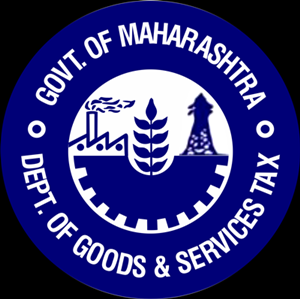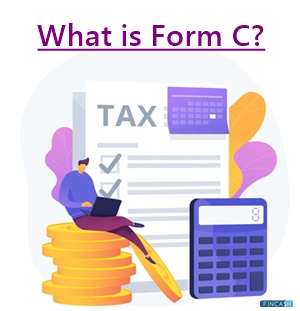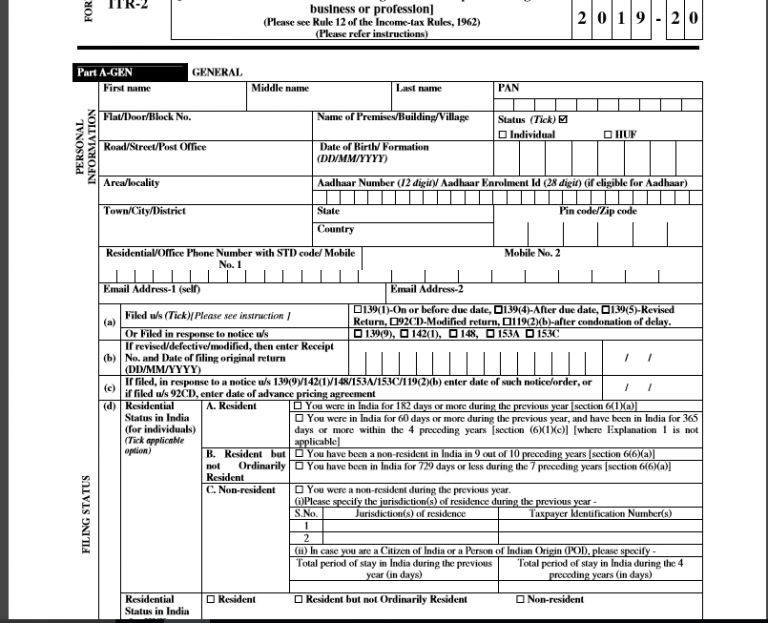
Table of Contents
- What is Travelling Allowance?
- TA Rules for State Government Employees
- What is Dearness Allowance?
- Calculation of DA Based on the All India Consumer Price Index (AICPI)
- Revisions in DA Rates Influenced by the 7th Pay Commission
- Importance of TA and DA Allowances in Employee Compensation
- Differences between TA and DA
- The Bottom Line
- Frequently Asked Questions (FAQs)
Everything to Know About Travelling Allowance & Dearness Allowance (TA & DA)
Navigating the ever-changing economic landscape in India requires organisations to stay attuned to the needs of their workforce. Recent Indian statistics illuminate a surge in TA expenditures, underscoring the significance of seamless business travel in an increasingly interconnected world. Moreover, with rising living costs, DA has soared, highlighting its pivotal role in safeguarding employees' purchasing power. Get ready to uncover the captivating journey as you'll explore topics related to travelling allowance and dearness allowance.
What is Travelling Allowance?
Travelling Allowance (TA) is a form of financial compensation provided to employees to cover their official travel expenses. It is designed to reimburse individuals for transportation, lodging, and related costs incurred during work-related trips. The purpose of TA is to ensure that employees are adequately compensated for the expenses they may incur while traveling for business purposes. TA varies depending on factors such as the distance travelled, mode of transportation, and organisational policies.
TA Rules for State Government Employees
The Travelling Allowance rules for State Government Employees in India outline the guidelines and regulations for reimbursement of travel expenses. These rules specify the eligibility criteria, permissible modes of transportation, and the maximum limits for different travel components, such as daily allowance and lodging expenses. State government employees are typically entitled to TA for official travels within the state or transfers to different locations. The rules provide details on the rates per kilometre for different modes of transport, the documentation required for claiming TA, and the process for approval and reimbursement. It is essential for state government employees to familiarise themselves with these rules to ensure compliance and receive the entitled benefits.
Let's explore the rules governing TA and how the travelling allowance rates per kilometre are determined.
Purpose and Eligibility
TA is provided to employees to Offset the expenses related to transportation, lodging, and food during official travel. It applies to employees who are required to travel for work purposes beyond their usual place of duty.
Modes of Travel and Reimbursement Rates
The rates for TA vary based on the mode of travel. Common modes include road, rail, and air travel. The reimbursement rates per kilometre are determined as follows:
Road Travel: Rates are often based on the employee's official vehicle class or the type of public transport used. For personal vehicles, rates may be determined by the engine capacity. Public transport reimbursements may be based on specific fares.
Rail Travel: Reimbursement rates are usually based on the class of travel, such as sleeper, AC 3-tier, or AC 2-tier.
Air Travel: Reimbursement rates for air travel are typically based on the fare of the Economy class.
Talk to our investment specialist
Maximum Reimbursable Distance
Certain limits on the maximum reimbursable distance may be set for different modes of travel. If the journey falls within this threshold, employees may not be eligible for TA. However, if the distance exceeds the prescribed limit, reimbursement may be calculated based on the actual distance travelled or a fixed rate per kilometre, whichever is lower.
Documentation and Claims
To claim TA, employees need to submit a travel claim along with supporting documents, such as tickets, bills, or vouchers. The claim should include details such as the purpose of travel, starting and ending points, and the mode of transport used. Prompt submission and accurate record-keeping are essential for timely reimbursement.
Periodic Revision
The rates for TA are subject to periodic revision by the respective state governments. These revisions consider factors like changes in fuel prices and other relevant aspects impacting travel costs.
What is Dearness Allowance?
Dearness Allowance (DA) is an additional payment provided to employees to compensate for the increased cost of living due to Inflation. It is calculated as a percentage of the basic salary and is revised periodically to reflect changes in the Consumer Price Index (CPI). The purpose of the DA is to ensure that employees' salaries keep up with the increasing prices of necessary goods and services, thus preserving their purchasing power.
Calculation of DA Based on the All India Consumer Price Index (AICPI)
Dearness Allowance calculation is based on the All India Consumer Price Index (AICPI). AICPI measures the average price changes of essential goods and services in various categories. The DA percentage is determined by comparing the current AICPI with the base index. The difference is multiplied by a predetermined Factor and added to the base DA.
The formula for calculating DA is:
[(Current AICPI - Base Index) / Base Index] x 100
This calculation ensures that employees' salaries are adjusted in line with the prevailing inflation rate to maintain their purchasing power.
Revisions in DA Rates Influenced by the 7th Pay Commission
The 7th pay commission in India has a significant impact on the revisions in Dearness Allowance (DA) rates. The commission periodically reviews the DA rates to ensure that government employees receive fair compensation considering the changing Economic Conditions and inflation. The recommendations of the commission are based on factors such as the AICPI and the overall financial position of the government. The 7th Pay Commission's suggestions are carefully evaluated and implemented by the government, resulting in revisions to the DA rates. These revisions aim to provide employees with adequate remuneration that reflects the cost of living and helps maintain their standard of living.
Importance of TA and DA Allowances in Employee Compensation
TA & DA continue to play crucial roles in employee compensation. Here is their importance:
Travel Allowance
TA is essential as it provides reimbursement for expenses incurred during official travel. It helps employees cover costs related to transportation, lodging, and meals. TA ensures that employees are not burdened by these expenses and can perform their official duties without financial strain. It recognises the need for employees to travel for work and promotes mobility, facilitating effective business operations.
Dearness Allowance
DA is significant in maintaining the purchasing power of employees' salaries. It compensates for the increased cost of living due to inflation, ensuring that employees can afford essential goods and services. DA adjustments are typically made periodically to align salaries with the prevailing economic conditions. It is an important component of compensation, as it addresses the rising expenses faced by employees and helps to sustain their standard of living.
Differences between TA and DA
Travel Allowance and Dearness Allowance are two distinct components of employee compensation. Here are the key differences between them:
| Basis | TA | DA |
|---|---|---|
| Purpose | Travel Allowance is provided to reimburse employees for expenses incurred during official travel. It covers costs such as transportation, lodging, and meals | Dearness Allowance is meant to offset the impact of inflation on employees' purchasing power. It adjusts salaries to account for the increased cost of living |
| Applicability | TA is applicable when employees undertake official travel beyond their usual place of work. It is specifically linked to travel-related expenses | DA is applicable to all employees as a component of their regular salary. It aims to address the impact of inflation on their overall purchasing power |
| Calculation | The calculation of TA is typically based on the distance travelled and the mode of transport used. Rates may vary based on vehicle class, public transport fares, or fixed rates per kilometre | The calculation of DA is based on the AICPI and is a percentage of the basic salary. It is adjusted periodically to reflect changes in the cost of living |
| Frequency of Revision | The rates for TA may be revised periodically, taking into account factors such as fuel prices and other relevant considerations. The revision frequency varies across different states and organisations | DA rates are usually revised twice a year based on the recommendations of a Pay Commission or other relevant authorities. These revisions aim to align salaries with the prevailing inflation rate |
| Focus | TA primarily focuses on reimbursing travel-related expenses incurred by employees during official travel | DA primarily focuses on maintaining the purchasing power of employees' salaries in the face of rising prices and inflation |
The Bottom Line
Travelling Allowance and Dearness Allowance hold significant importance in the compensation packages of employees. TA ensures that employees are adequately reimbursed for the expenses incurred during official travel, promoting mobility and facilitating efficient business operations. On the other hand, DA addresses the impact of inflation on employees' purchasing power, ensuring that their salaries maintain their value in the face of rising living costs. Together, TA and DA demonstrate a commitment to fair and equitable compensation, recognizing the evolving needs and challenges faced by employees. By providing financial support for travel and countering the effects of inflation, these allowances contribute to employee satisfaction, well-being, and a sense of financial security.
Frequently Asked Questions (FAQs)
Is DA applicable on transport allowance?
A: DA is applicable on the basic salary and does not include the transport allowance.
What is another name for dearness allowance?
A: Another name for Dearness Allowance in India is "Dearness Relief" (DR). DR is a similar concept to DA, but it is specifically provided to pensioners to compensate for the increased cost of living.
Is dearness allowance part of the salary?
A: Dearness Allowance is typically considered a separate component from the basic salary. It is added to the overall compensation package, but it is not directly considered as a part of the basic salary.
Do private companies give dearness allowance?
A: Private companies have the discretion to provide or not provide dearness allowance to their employees. It is not mandatory for private companies to offer DA, and the decision may vary based on the company's policies, financial situation, and Industry norms.
Is it compulsory to give a dearness allowance?
A: It is not compulsory for private companies to give Dearness Allowance to their employees. The decision to grant DA is at the discretion of the company and is not mandated by law. Government organisations and some public sector companies, however, may be required to provide DA to their employees as per government regulations.
All efforts have been made to ensure the information provided here is accurate. However, no guarantees are made regarding correctness of data. Please verify with scheme information document before making any investment.












